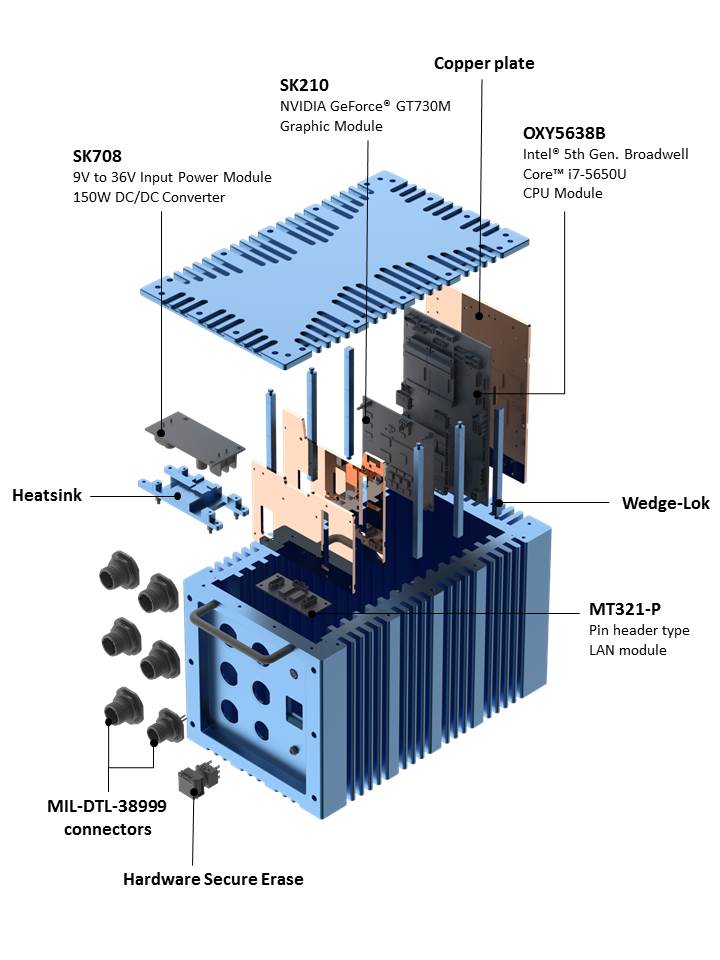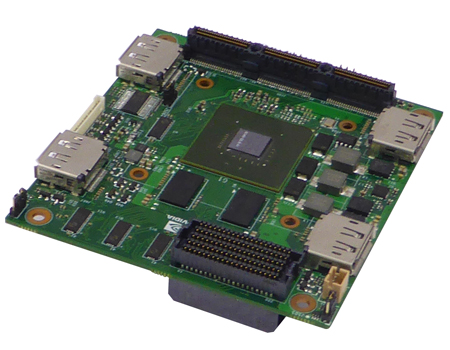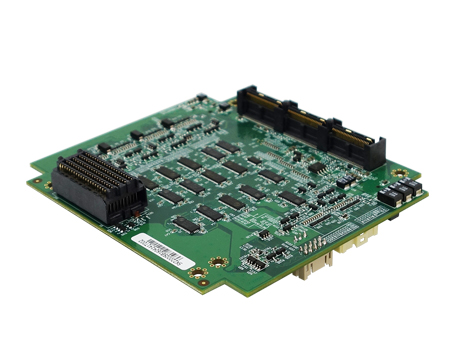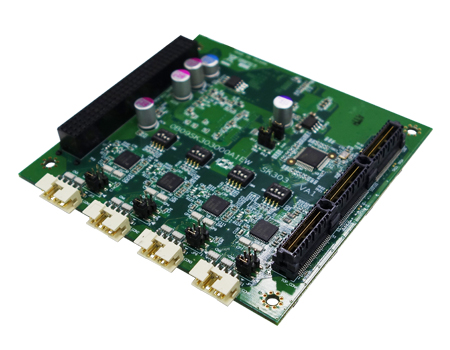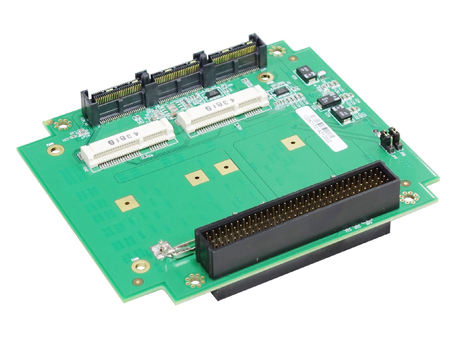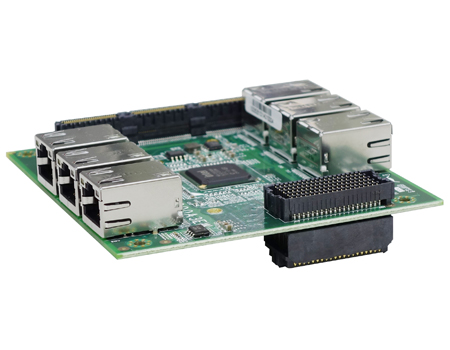F1-30D - PCIe/104 Airborne Computer System
Core i7 Rugged Military Airborne Modular Computer -
Small Form Factor (SFF) with PCIe/104 Architecture GPUCPU Open , Scalable Structure
- Rugged COTS computer with Intel®5th generation Core- i7 processor
- NVIDIA®GPU GT950M/GTX 1050 Ti supports CUDA 684/CUDA 768 independent displays by 4 x DP
- Modular rugged chassis with stackable PCIe/104 I/O card expansion.
- 28V DC MIL-STD-1275/704 Power supply with Voltage transient protections
- Design for reliability under demanding MIL-STD-810G/461F Thermal Shock, Vibration, Humidity/EMI/EMC conditions
- Rugged IP65 aluminum chassis with Amphenol MIL-DTL-38999 connectors or M12 Phoenix Contact
- Operating temperature range : -40°C to +75°C
Download
- Technical Profile
- Specifications
- Thermal Solution
ATR (Air Transport Rack) is a standard that specifies form fit and function of enclosures designed to protect the main internal system. This military enclosure must meet EMI / EMC requirements to prevent noise interference, provide lightning protection and be isolated from small particle contaminants. So, it can be deployed in unmanned aerial vehicles, fighters, and helicopters. To satisfy diverse conditions, ATR chassis are available in different sizes—1/2, 3/4 and Full ATR sizes. Based on 3/4 ATR size, StackRack launches a new Rugged Airborne Mission Computer F1-30.
As a modular mission computer, F1-30 has mechanical feature for mounting in horizontal orientation, offering open architecture to maximize use of interoperability. For example, together with PCIe104 expansion connectors, F1-30 is able to build a stackable architecture, which can be integrated with PCIe/104 expansion modules depending on customers’need, hence it's highly configurable to specific requirements. Founded on such an open structure, It is an optimum choice for mission computing, demanding graphics generation applications, and GPU-accelerated data processing

Introduction
The purpose of PCIe/104 is to provide a System level Stack-Up Only approach. Specification adopts PCI-Express, Ethernet, SATA, USB as well as LPC, SPI, Field Buses and Common Power Connector to the any stacked architecture.
StackPC Specification defines StackPC, FPE, StackPWR connectors relative position and stacked systems organization common approach. Also specification describes using stack modules in COM applications.
Specification is targeted not only for traditional stackable systems with all boards of the same form factor, but also for other stackable architectures like COM applications (mezzanine Computer-On-Module in conjunction with base board) and SBC expansion (expansion bus for Single Board Computers of various form factors).
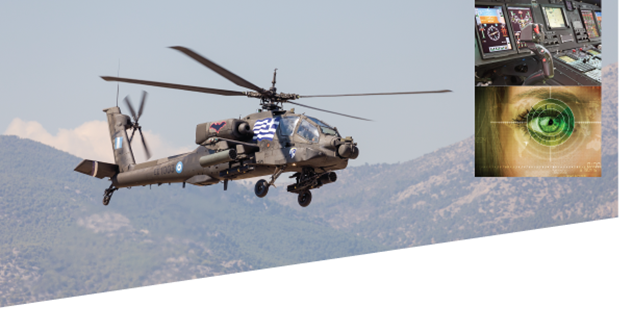
PCI Express was chosen because of its performance, scalability and wide market acceptance. Ethernet was chosen as the most popular long distance data interconnect, which is inevitable in modern computer based environments. SATA was chosen as the storage interconnect because of wide acceptance and bandwidth scalability. LPC bus, SPI and other signaling interfaces were chosen because of their capabilities to provide support for legacy devices and to expand host processor functionality in simple and cost effective way.
Additionally specification describes adoption StackPC to popular standards such as PC/104, 3.5 inch, EPIC and EBX. This adoption is as result of StackPC and PCIe/104 compatibility with Bank1 signals (same connector and similar pinout).
StackPC specification is designed to deal with challenges caused by modern point-to-point high speed serial interfaces to stackable architecture which used to rely on traditional parallel bus interfaces. New specification is suitable for using for SBC expansion and fully opens Computer On Module like area of applications. It also paves the way for using even higher speed interfaces which are just emerging on embedded arena.
Compared to past years systems, modern embedded solutions require support for greater number of input/output interfaces. With each year, new processor modules support more and more input/output interfaces integrated in system logic. This makes necessary to place additional interface connectors on processor and peripheral modules. Compactness of Small Form Factor modules is an impediment to placement of necessary components and sufficient number of input/output connectors. It should be noted, that stackable modules are mostly designed for harsh environments and require installation inside an enclosure to protect them from mechanical impact or corrosive substances. Hence, embedded systems manufacturers have to resort to various tricks to bring out all interfaces to connectors on the front panel of the enclosure using flat cables.
One of the solutions can be to aggregate the main set of input/output interfaces at the stack connectors. This allows to avoid some interface connectors (usually pin headers) and to provide more space on the module for placement of necessary components. This, in turn, leads to reduction of manufacturing cost and adds flexibility in terms of using the module in applications requiring limited functionality. Reducing cabling inside the enclosure improves convection, reduces magnetic noise pickup, and consequently, increases system effectiveness. Interfaces aggregated at the stack connectors can be led out of the enclosure using inexpensive and efficient solution – terminal interface module carrying the necessary set of standard interface connectors.
- Open , Scalable , Modular Structure
-
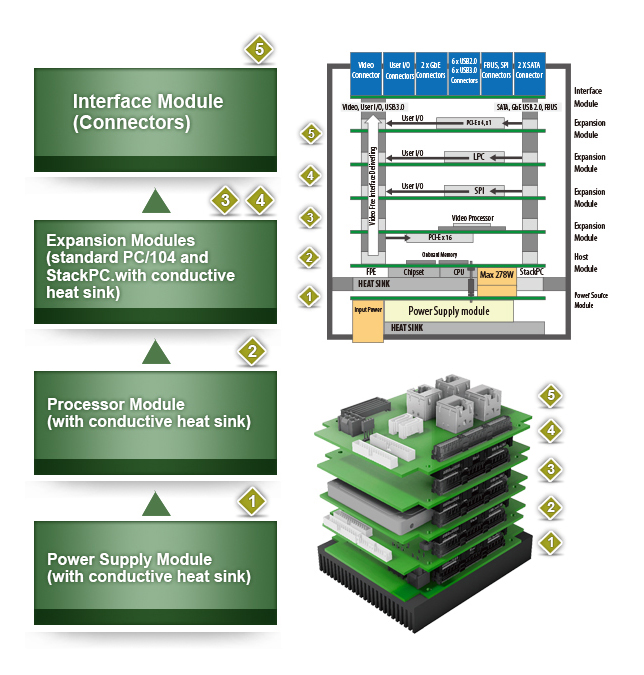
- StackPC construction example:
- SK509: Multi-I/O interface
- SK401: 2.5” SSD/mSATA
- SK506: 4 x GbE
- SK220: NVIDIA 1050Ti
- OXY5638: Intel Core i7-5650U
- Onboard 64GB SSD
- XR-DIMM DDR3 - 16GB
- SK210: 12-40V DC-Input
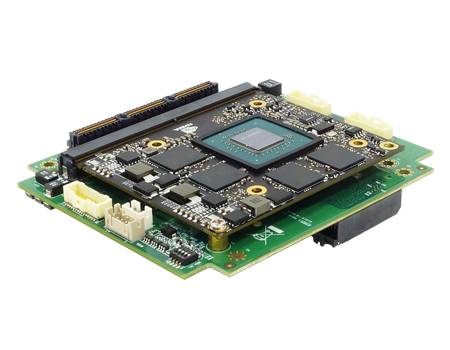
- PCIe/104 & StackPC Peripherals
-
SK210-GT730M
- StackPC and PCIe/104 Complaint
- Utilizes PCIe x 8 and x 4 Link
- NVIDIA CUDA technology
- OpenGL 4.4 support
- OCL 1.1 support
- NVIDIA Adaptive Vertical Sync
- Microsoft DirectX 11 support
SK303
- PCI/104-Express, PCI & PCIe connectors (w/StackPC design)
- PCIe/104 stackable bus structure
- PCIe to PCI adapter function
- COM: 4 x RS232/422/485 with 5V/12V selectable and isolation function
- Extended Temp.: -40°C ~ 85°C
SK506
- StackPC-FPE form factor
- PCIe/104 stackable bus structure
- Reliable Ethernet technology from Intel i350-AM4 controllers
- total 6 independent LAN connections (2 from host board, 4 from Intel controllers)
- Flexible options for Ethernets through RJ45 or 10 pin-headers
- High-performing bridgeless design supporting PCI Express Gen 2.1 5GT/s
- Extended temperature -40 to 85°C
General Information |
||
|---|---|---|
| Model | F1-30D | |
| CPU Type | Intel® 5th generation Core™ i7 Processor | |
| System Chipset | Intel® i7-5650U (4M Cache, up to 3.20 GHz) | |
| Memory type | 2 x DDR3 1333/1600MHz XR-DIMM Up to 16GB | |
Storage |
||
| HDD/SDD | On Board 64GB SSD | |
|
1 x 2.5" SSD 2 x mSATA SSD Backup |
||
I/O Connectors |
||
| Type A (Amphenol D38999 Connectors) | Power button | 1 x Waterproof Button with Backlight |
| DP | 4 | |
| COM | 4 | |
| Ethernet | 2 | |
| USB 2.0 | 2 | |
| DC-in | 1 | |
| Type B (Phoenix Contact M12 Connectors) | Power button | 1 x Waterproof Button with Backlight |
| DP | 4 | |
| COM | 2 | |
| Ethernet | 2 | |
| USB 2.0 | 4 | |
| DC-in | 1 | |
Mechanical |
||
| Housing | Aluminum | |
| Weight | 16 Kg (35.24 lb) | |
| Ingress Protection | IP65 | |
| Dimension (W x H x D) | 189.5 x 230 x 318 mm | |
Power Requirement |
||
| Input Voltage |
10V to 40V DC Optional 9V~36V DC Input |
|
Environment Limits |
||
| Operating temperature | -40°C to 75°C | |
| Storage temperature | -40°C to 85°C | |
| Relative Humidity | Up to 95%RH @40°C, non-condensing | |
| Ingress Protection | Designed for compliance to IP65, MIL-STD-810G | |
Test Standard |
||
| EMI/EMC | Designed to meet MIL-STD-461F | |
| Temperature | Designed to meet MIL-STD-810G | |
| Vibration & Shock | Designed to meet MIL-STD-810G | |
Stackable Module |
||
| SK210 | Graphic module with NVIDIA 950M/1050Ti GPU supports four DP output | |
| SK220 | MXM graphic card carrier supports six miniDP output | |
| SK303 | COM port module with total four COM ports (RS232/422/485 selectable) | |
| SK401 | Storage carrier with one 2.5" HDD/SSD socket and two mPCIe socket | |
| SK506 | Ethernet module with total six 10/100/1000 mbps ethernet connections | |
STACKRACK, being the master of advanced thermal design, has once again achieved fanless design through conduction cooling method. With each layer comes a heat plate to touch directly the heated parts, the thermal performance is of the highest level.
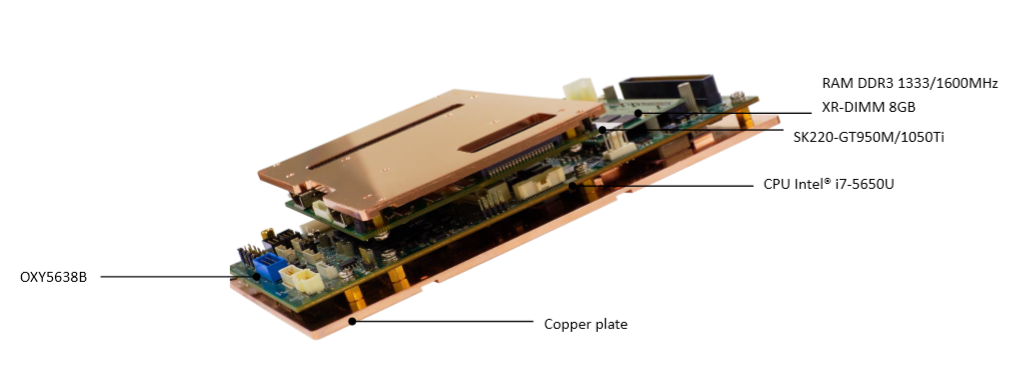
Conductive Cooling Modules for Extreme Power
A solid material that can effectively conduct the heat is used to move the heat to the system enclosure and dissipated to the external surroundings. The machined copper cooling plates matching the component layout are placed between each layer; heat is carried away to the edges where a Wedge-Lock mechanism secures inside the chassis, coming up with a thermal interface.
